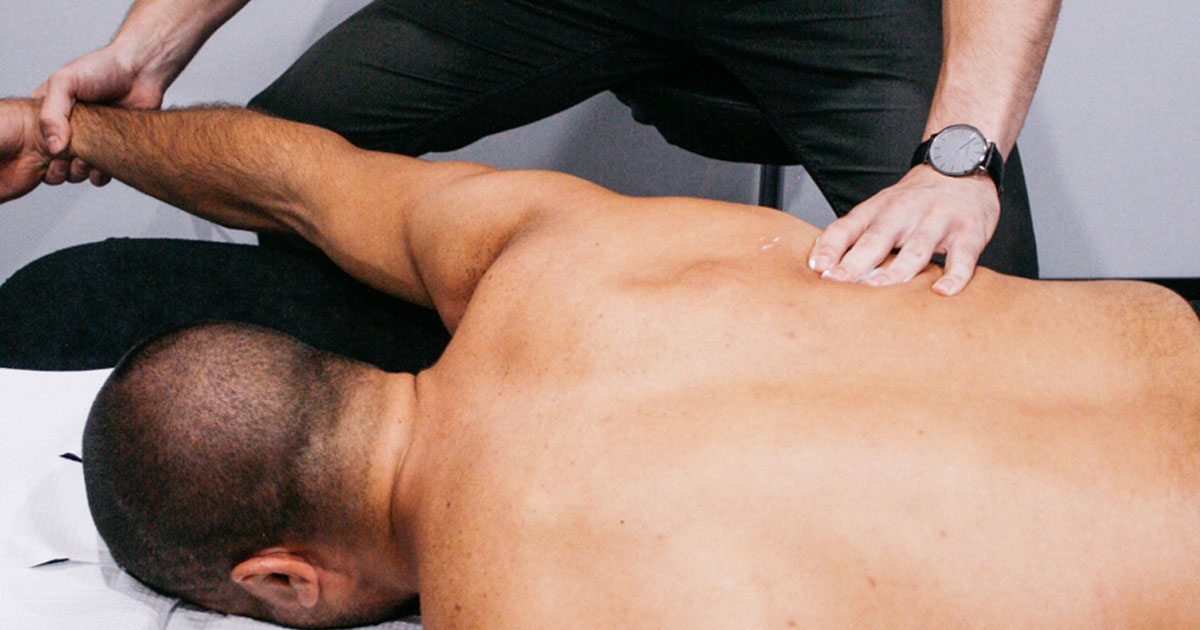
Treatment is a Band-Aid
As conservative healthcare providers, we are often seen as – and often see ourselves as – purely manual therapy specialists.
For too many of the general population, their experience with chiropractors, physiotherapists, osteopaths and other manual therapies is limited to the one treatment room and the same treatment modality over the course of many visits.
When we ask some patients to describe their previous experience it often sounds like this;
“Yeah I’ve been seeing the chiro for a few years. They do some tissue work and then adjust me.”
“The physio did some ultrasound, put me on some electrode thing and then gave me some banded exercises”
Unfortunately, the next thing I often hear is “yeah it felt good for a few days/weeks, but then it comes back. I normally get treated about once a month.”
So, I ask the question: Are they fixing your problem?
Now before I continue let me state
- Some injuries require ongoing care.
- Most people who maintain an extremely high level of physical activity or who participate in competitive sports require ongoing care
- Some people have neuromusculoskeletal conditions that require ongoing care!
I am not referring to these patients in this blog!
I’m talking about the chronic low level pain patient. The patient who has low back stiffness from sitting at work and gets their back adjusted once a month.
For these patients, TREATMENT IS A BAND-AID!
Hands on manual therapy definitely has its place in the paradigm of conservative treatment of musculoskeletal injury. Its place is to stimulate a response in the neuromuscular system that will allow us to return to optimal function.
Hands on treatment has its place. Its job is to get you moving correctly so that you can then reinforce and strengthen that movement by doing the movement!
For acute soft tissue injury, this is a given. If you present for an acute hamstring tear and your practitioner gives it a massage, maybe throws some dry needles in or puts you on a TENS machine and doesn’t give you a good hamstring loading program, get out of there.
But for more chronic conditions, such as low back pain or neck pain, it is too common to see people relying on a quick adjustment or some soft tissue work to give temporary relief, only to book back in for another treatment in a few weeks.
The body is an amazing machine but it's also lazy
If your back is hurting because you have an underperforming core brace and you sit in the same position at work all day, no amount of hands on treatment is going to ‘fix’ you. Yes, getting some massage or mobilisations may give you temporary relief, but if you are reliant on the treatment then it’s not solving the core problem.
Long term results in terms of resolution of pain, return to activities of daily living and preventative care all lie in learning how to move correctly and then strengthening that movement. Techniques such as DNS and sensorimotor learning have started to become popular for just this reason – they address movement dysfunction and aim to tackle the problem from the neuromuscular system.
Take home message from this rant:
- Strength is king – move well and move often
- If you need to get treated constantly for the same low level pain or discomfit, then the treatment isn’t working.
- Hands on manual therapy does have its place, but in most cases, it won’t affect long term change.
At the end of the day, health is multifactorial. Myself and my colleagues have spoken previously about the 4 Pillars of Human Performance that we believe encompasses all aspects of health – Mindset, Movement, Recovery, Nutrition. All 4 need to be balanced to maintain health, you cannot put all of your eggs in to one basket and expect to have long term results in terms of injury or performance!
References:
1. Haff, G. (2017 ). Training Systems to Develope Strength . Perth : ECU .
2. Hoffman JR. Norms for Fitness, Performance, and Health. Champaign, IL: Human Kinetics, 2006.
3. Seguin, R. and M. E. Nelson (2003). “The benefits of strength training for older adults.” American Journal of Preventive Medicine 25(3, Supplement 2): 141-149.